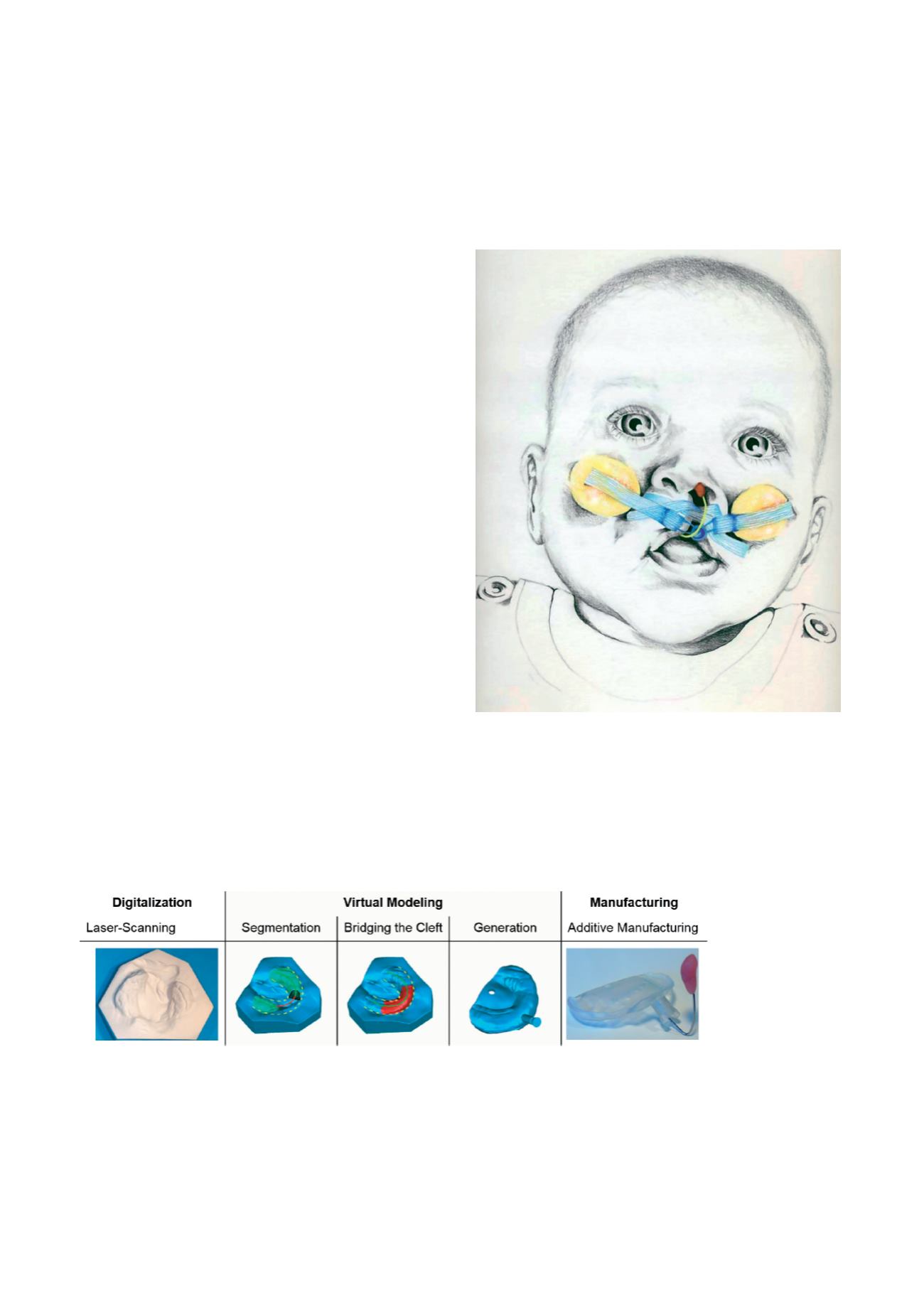

196
Medical Materials and Medical Implant Design
Polymer engineering, additive manufacturing, cell-based medical engineering, IoT and materials
n
The Chair of Medical Materials and Medical Implant Design is significantly involved in
the Master’s program Medical Technology and Engineering. In research and teaching, the
team deals with production technologies and materials for medical technology, with a
particular focus on plastics technology.
The year 2017 was marked in research and teaching
mainly by an intensification of polymeric additive manu
facturing. Driven by the approval of an EXIST Transfer
of Research grant, 3D printers for demanding medical
materials (PEEK, TPE, silicone) could be developed. In
addition, the chair has taken over a coordinating role
in the Community of Practice ‘IoT & Materials’ of the
Zentrum Digitalisierung.Bayern. Furthermore, the foun-
dation of three startups was realized and supported in
cooperation with UnternehmerTUM (KUMOVIS GmbH,
inveox GmbH, essentim GmbH). International cooperation
has been established with MIT (Soft Robotics), TUM Asia
(medical polymer technology) and Addis Ababa University
(medtech for developing countries).
Process chain for automated generation of intraoral guiding plates
Baby suffering from cleft lip and palate treated with an intraoral guiding plate
Individualized Medical Technology –
Palate Plates for the Treatment of
Cleft Lip and Palate
Cleft lip and palate represents with an incidence of
1 in 700 newborns the most common craniofacial birth
impairment. Without treatment the malformation would
harm breast feeding, hinder voice and auditory develop-
ment, and the visual appearance would remain distorted.
As a presurgical treatment nasoalveolar molding (NAM)
addresses reduction of the cleft gap and improvement of
nasal symmetry by use of an intraoral guiding plate, which
encourages the alveolar segments to grow towards each
other. In the project RapidNAM a system was developed
to design the NAM plates within 10 minutes in a fully
automated process based on just a single impression
taken initially. The plates are manufactured additively.
So far already six patients have been treated with such
automatically generated NAM plate sets.



















